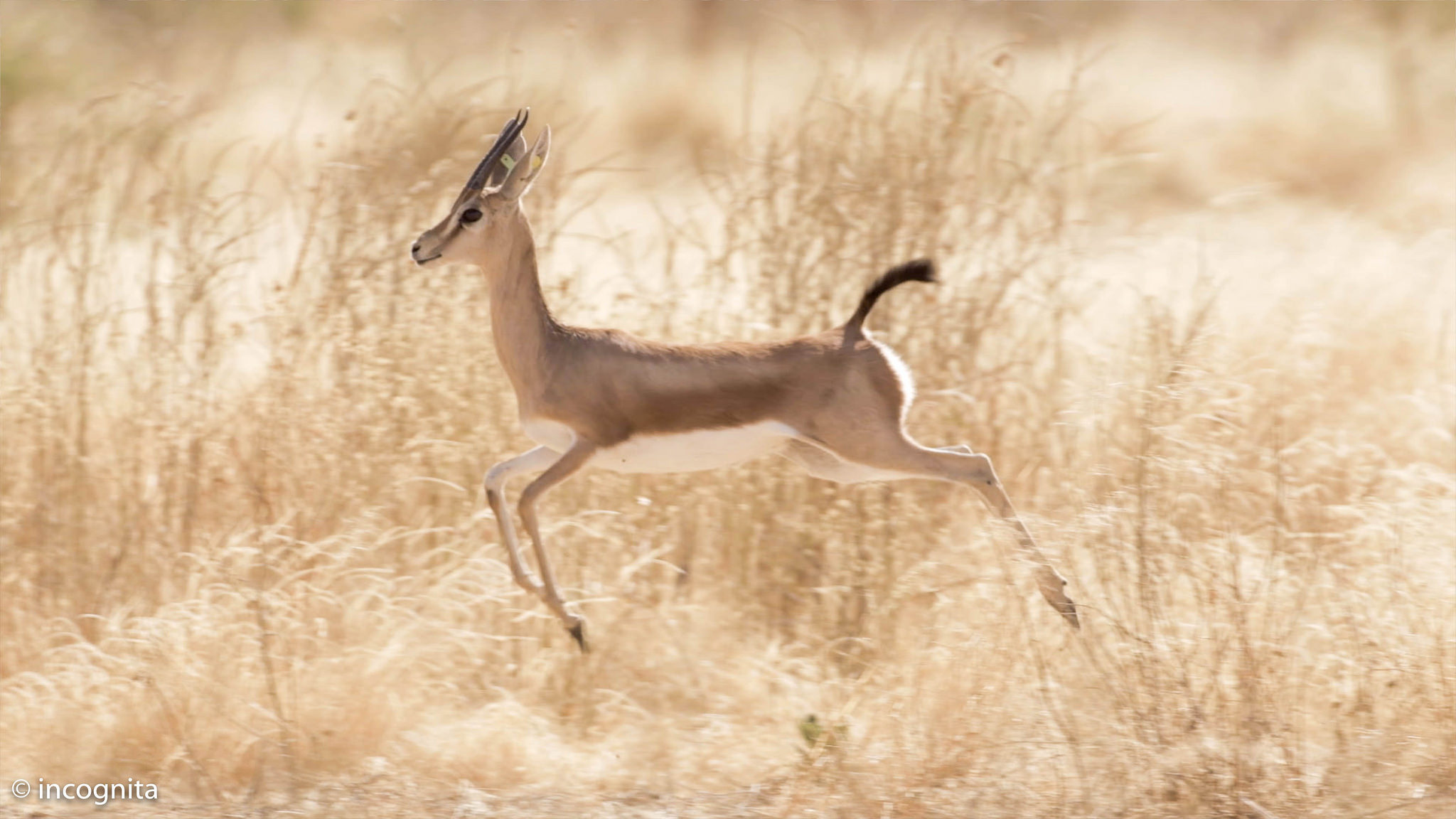We'll tell you about it in this video!
You can also see the live release of 8 gazelles on this 360º audiovisual!
Over the last ten years, Conrad Enseñat, the Zoo’s mammal keeper, and Hugo Fernández, chief vet, have made numerous trips to Senegal to work on on the dorcas gazelle (Gazella dorcas) conservation project, started in the 1970s by CSIC (the Spanish National Research Council). The experience and knowledge gained working on projects rearing animals in captivity in zoos have proven key to the success of conservation programmes in the wild (in situ). That is why zoo experts are recognised as essential for re-introduction programmes, as is the case with Conrad and Hugo in the Sahel-Saharan areas, and especially with this small, elegant, delicate, highly endangered ungulate species. Fieldwork is part of their job, requiring huge effort and dedication but also bringing immense satisfaction. Being able to work with local communities and contribute first hand to reintroducing an almost extinct species is a priceless experience for the people who have made the protection of fauna their career and an extremely important part of their lives.
It was at the request of the Senegal Nature Parks Department towards the end of last year that Hugo and Conrad made another trip to northern Senegal in the middle of the Sahel, together as usual with Teresa Abáigar from the CSIC's Arid Zone Experimental Station. This time the Spanish team, as they are known over there, was tasked with an important mission: transferring eight gazelles from the small Guembeul adaptation reserve, where the species had been breeding in semi-captivity, to their new home on the Réserve de Faune de Ferlo Nord, an extensive protected area covering over 6,000 km2 adjacent to the village of Katané. The trip was to reinitiate the reintroduction project after it was put on hold while some health-care problems at the Guembeul centre were being dealt with, which the Zoo’s team and the Senegalese vets managed to do successfully.
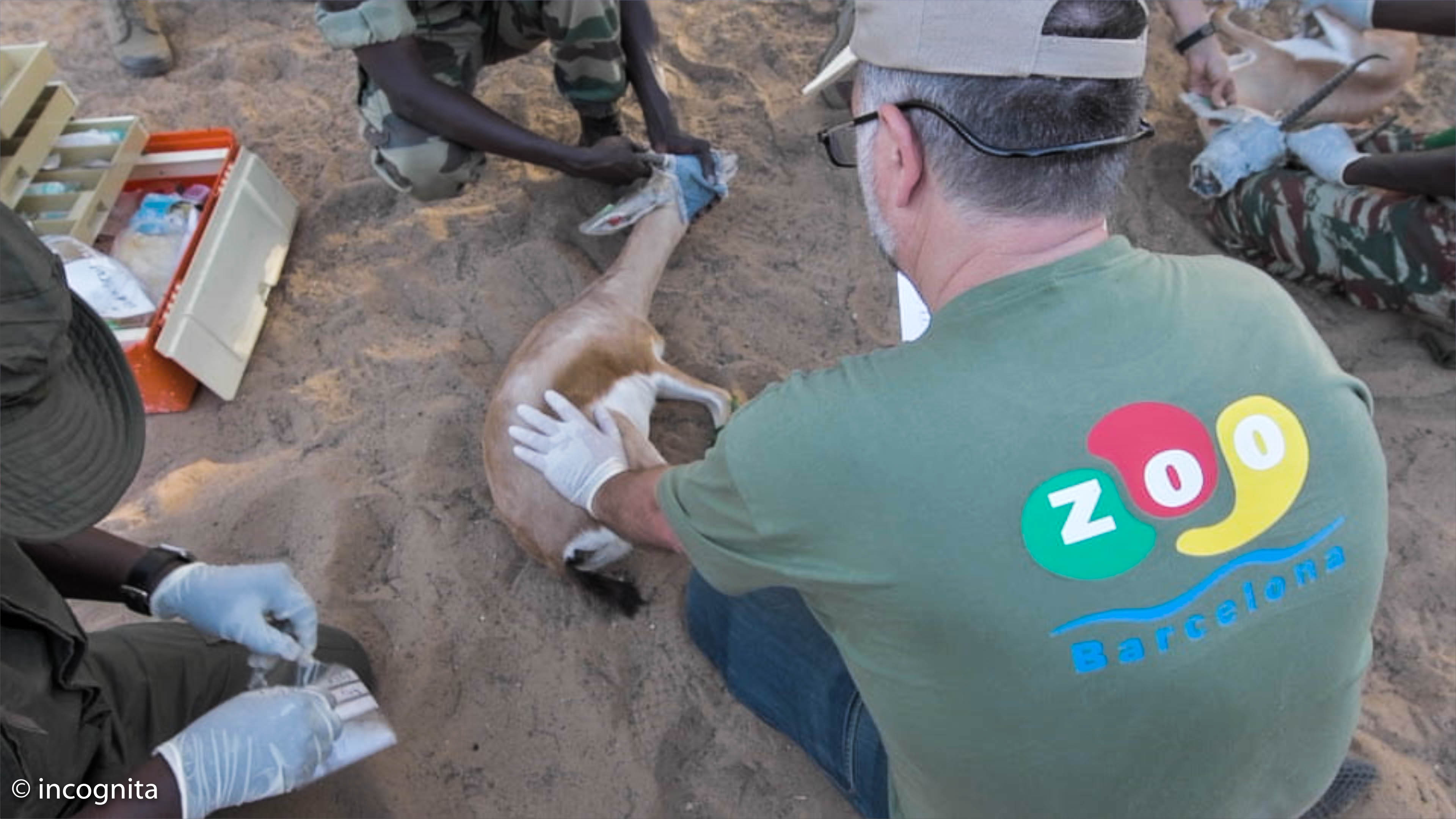
The first job awaiting them was to select the gazelles, which once captured had to be given treatment and pass the tests set by the health authorities. The animals were transported in cages with infra-red cameras that enabled them to be monitored and supervised during the transfer. The expedition set off in the evening on its night-time journey to Katané, a slow 8-hour drive with a happy ending: all the gazelles reached their destination in good health and were then released into their natural habitat to boost the numbers of the existing population. Thirty-two gazelles have been reintroduced there since the start of the project.
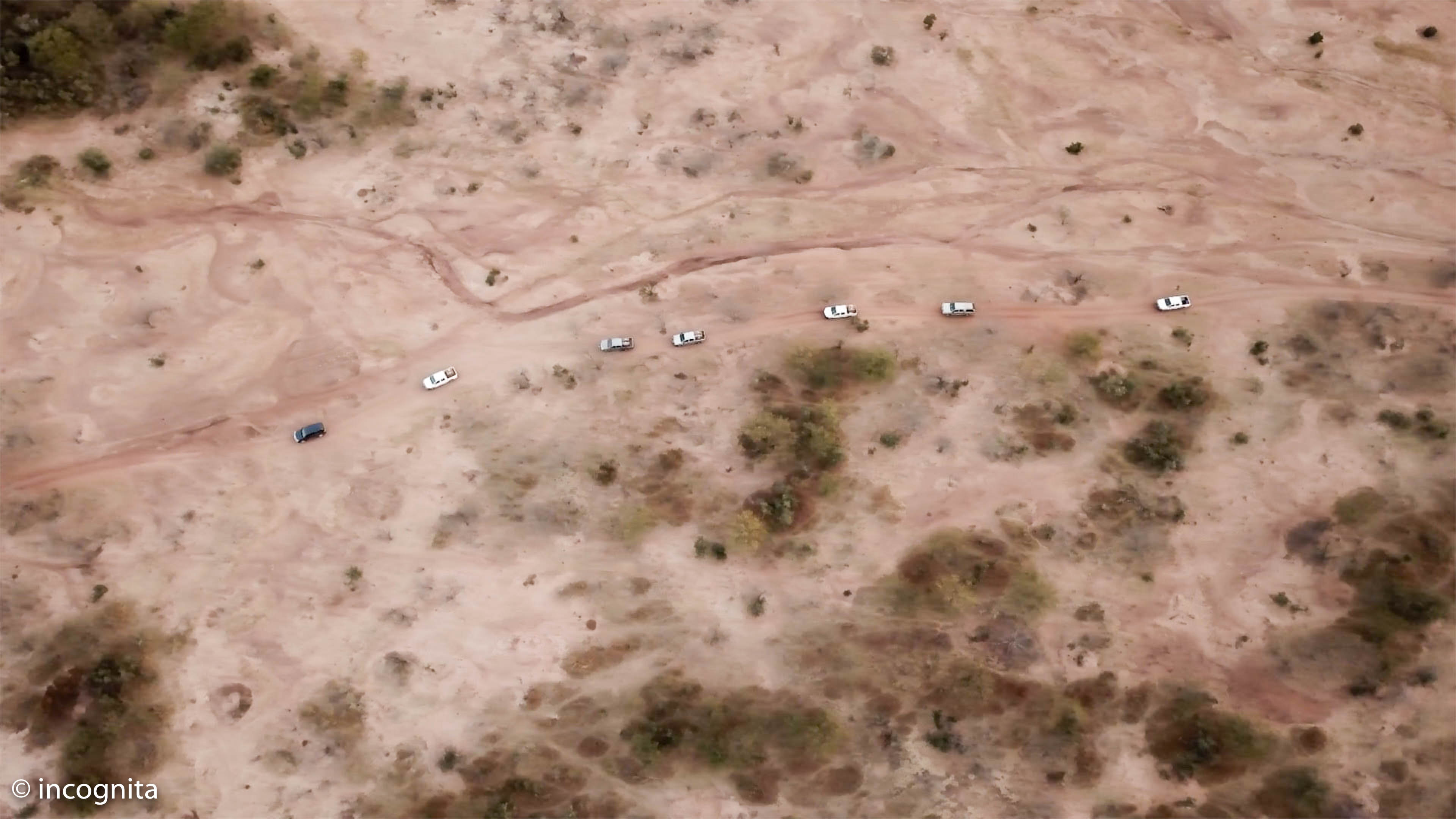
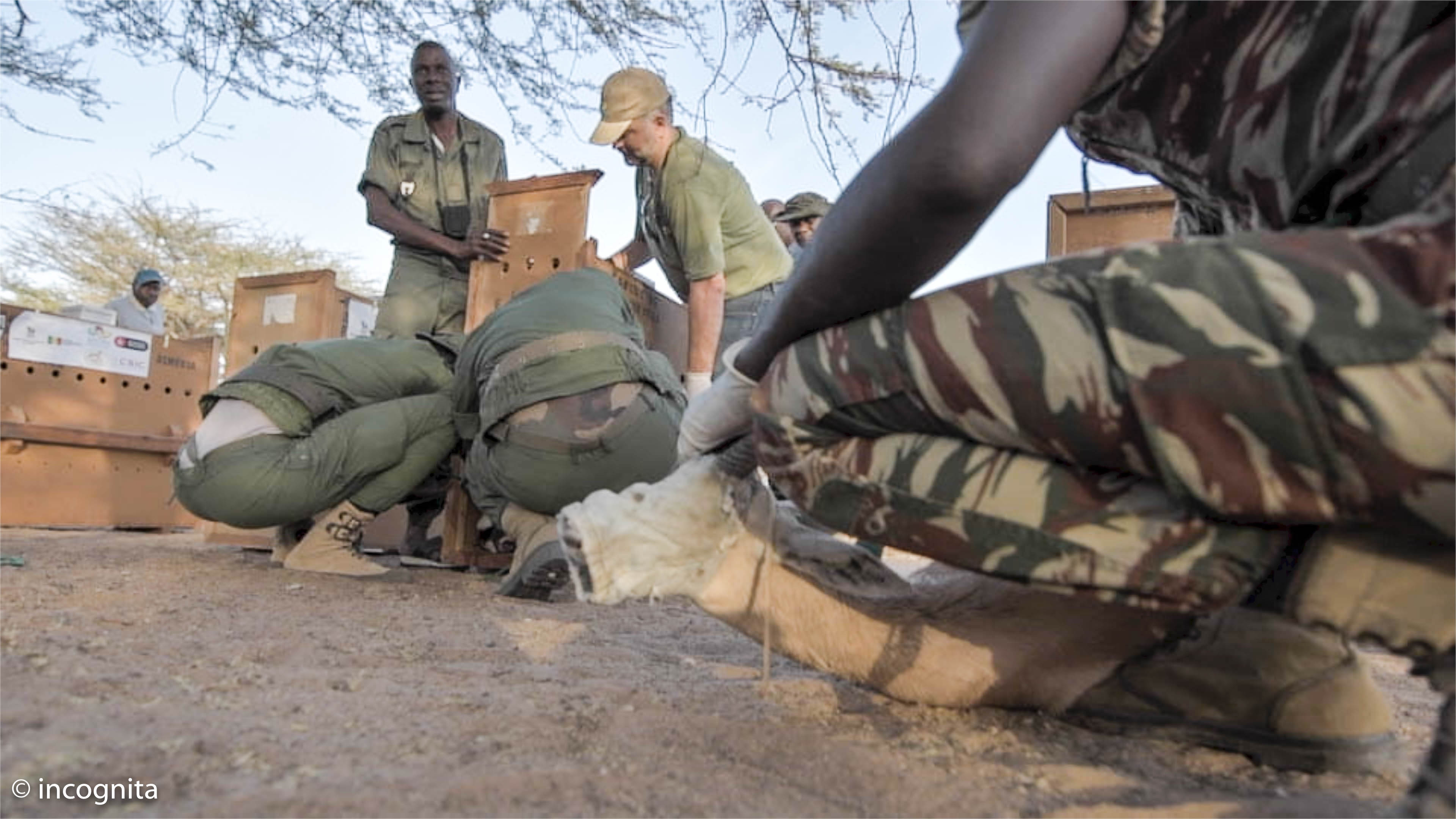
A very important part of the project is raising awareness among the local population, who are ethnically Peuhl, a still fairly isolated people who have kept most of their customs and traditions alive, including the Gazelle Festival. This time the festival was organised to coincide with the arrival of the new animals, with all the inhabitants of Katané and neighbouring villages taking part: the jewel in the crown of the trip! Other awareness-raising actions have included the different educational materials and media provided by the Zoo.
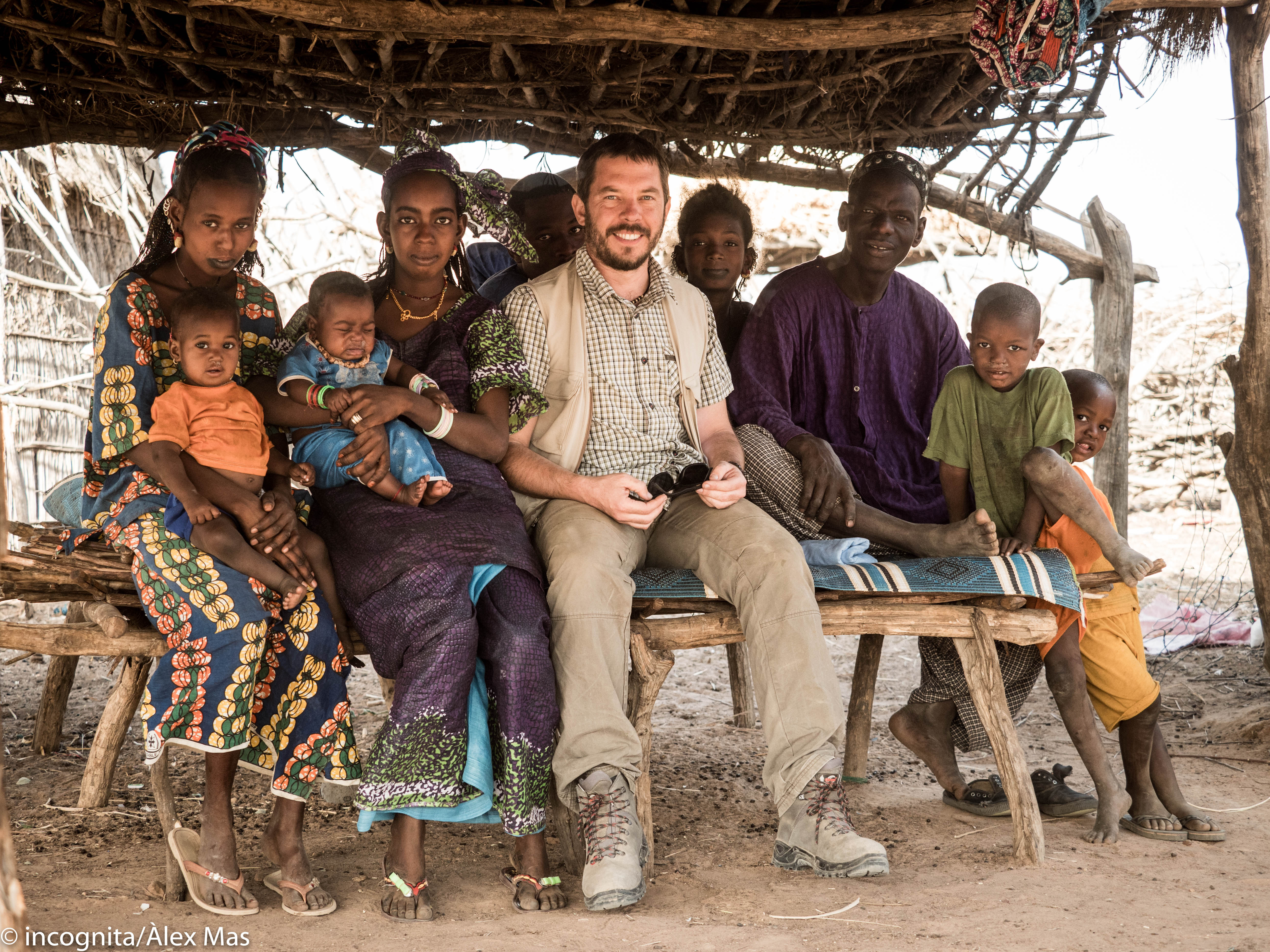
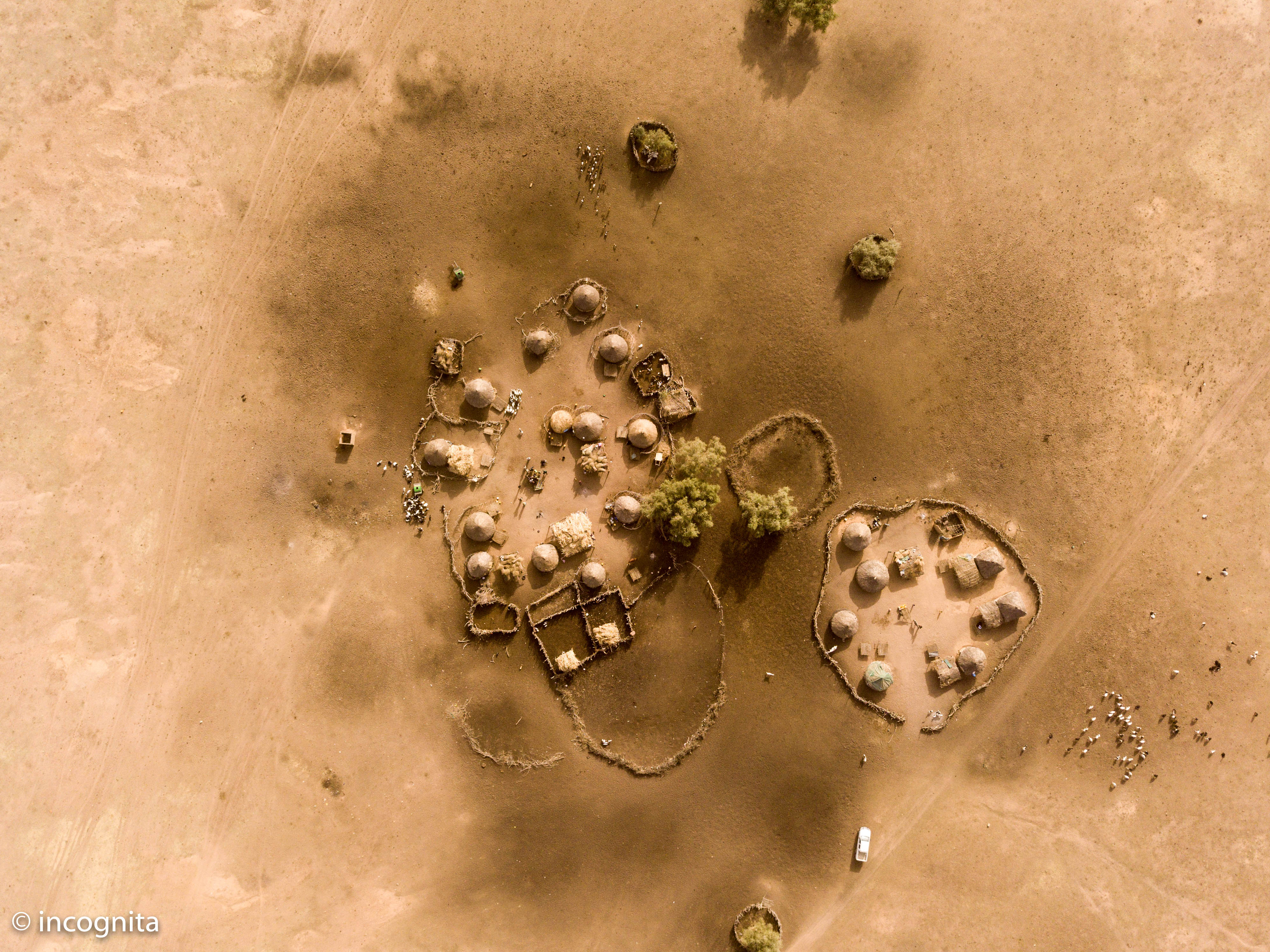
Village of Katané
The relationship that has been cemented after all these years with the people and the school in Katané goes way beyond mere professional ties. Teresa, Hugo and Conrad are always eagerly awaited and received as friends, and they know practically everyone. What is more, the Katané school and a Barcelona school, the Institut Escola Costa i Llobera, have been building strong ties for some time, with students from the two continents exchanging and sharing creations and experiences.
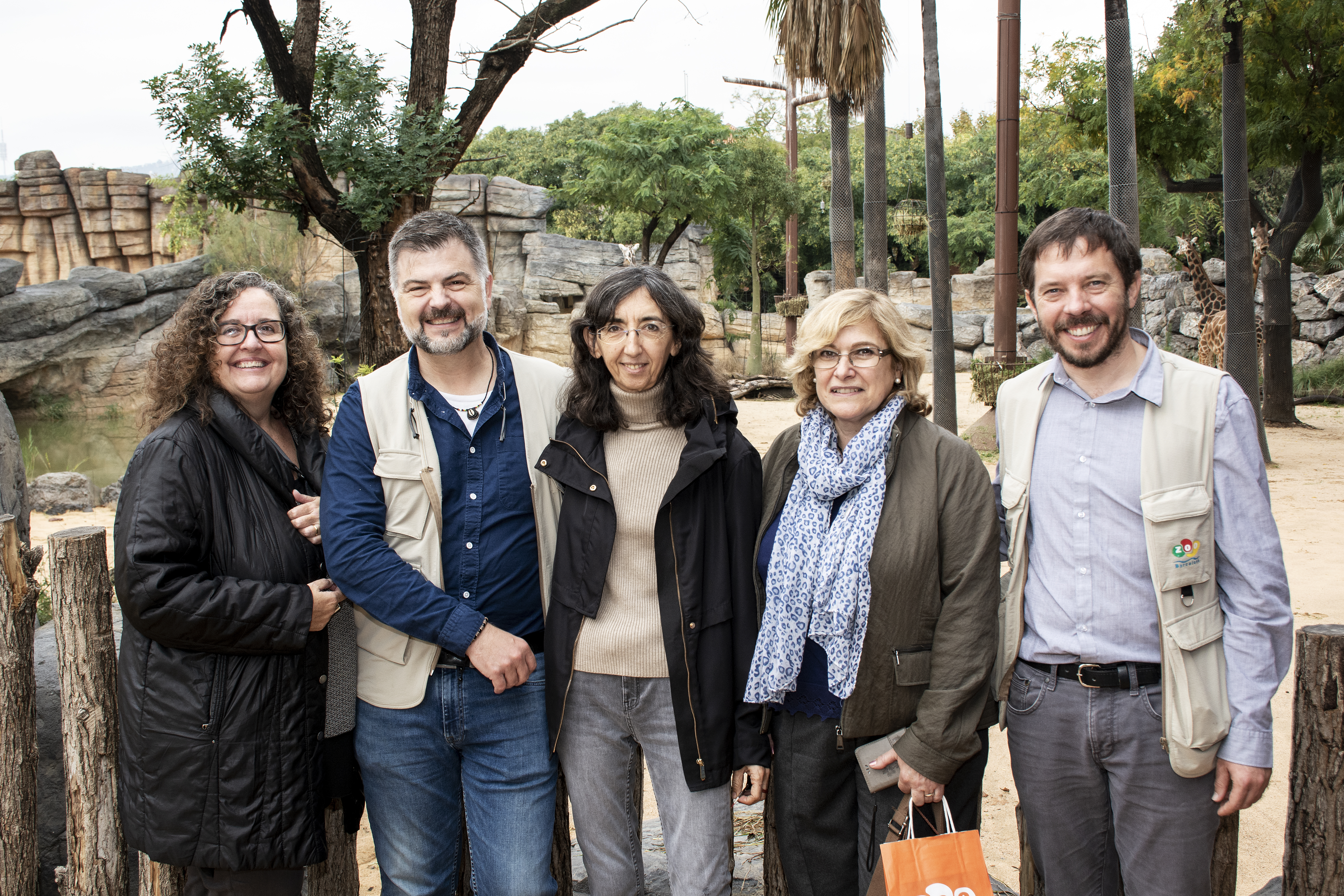
New projects in Senegal to protect the Sahel's fauna
Having spent years playing a very active role in the dorcas gazelle reintroduction project coordinated by CSIC, Barcelona Zoo has now come “of age” and is in direct contact with the Direction des Parcs Nationaux [National Parks Department] to lead new conservation programmes in Senegal for other seriously endangered species such as the mhorr gazelle (Nanger dama mhorr), the scimitar oryx (Oryx dammah) and the African spurred tortoise (Geochelone sulcata). The trip was therefore used to hold meetings with Senegalese officials keen to launch these new fauna conservation programmes, which are also the most effective way of conserving the local flora and combating desertification, given that other methods such as reforestation have had little success.
Ex situ conservation: The Zoo’s Sahel
The construction of a new area dedicated to the Sahel confirms Barcelona Zoo's decisive commitment to disseminating knowledge about the reality and problems of conserving this region which crosses Africa from east to west below the desert and is extremely sensitive to droughts and, therefore, to climate change.
The animals inhabiting the region have been hunted since time immemorial. However, it was with the introduction of firearms in the last century that what had once been widespread species started to become extinct, a situation which is continuing to this day.
Some of the animals you can see at the Zoo's new Sabana-Sahel include giraffes, of which only one tiny population remain in the Sahel - or more precisely in the Niger - and elephants, with the Sahel's last population in a region under conflict in Mali. And you will soon be able to see lions, which were once present throughout the Sahel but can only be found today in small, isolated populations. And, of course, the dorcas gazelle and the African spurred tortoise, the largest continental tortoise, which is only found in the Sahel and is now the subject of reintroduction projects due to their sharp decline in numbers
In future, the space will also be home to other species such as the mhorr gazelle and the scimitar oryx, now extinct in the wild and currently housed in other parts of the zoo.
In fact, the giraffes, gazelles and tortoises have recently started to share the same installation in the Zoo, living together just as they do in the wild. Bringing different species together is a more realistic way of presenting the fauna found in the Sahel, with groups of different animals sharing the same space and resources to give visitor a better understanding of the complexity of their habitat.
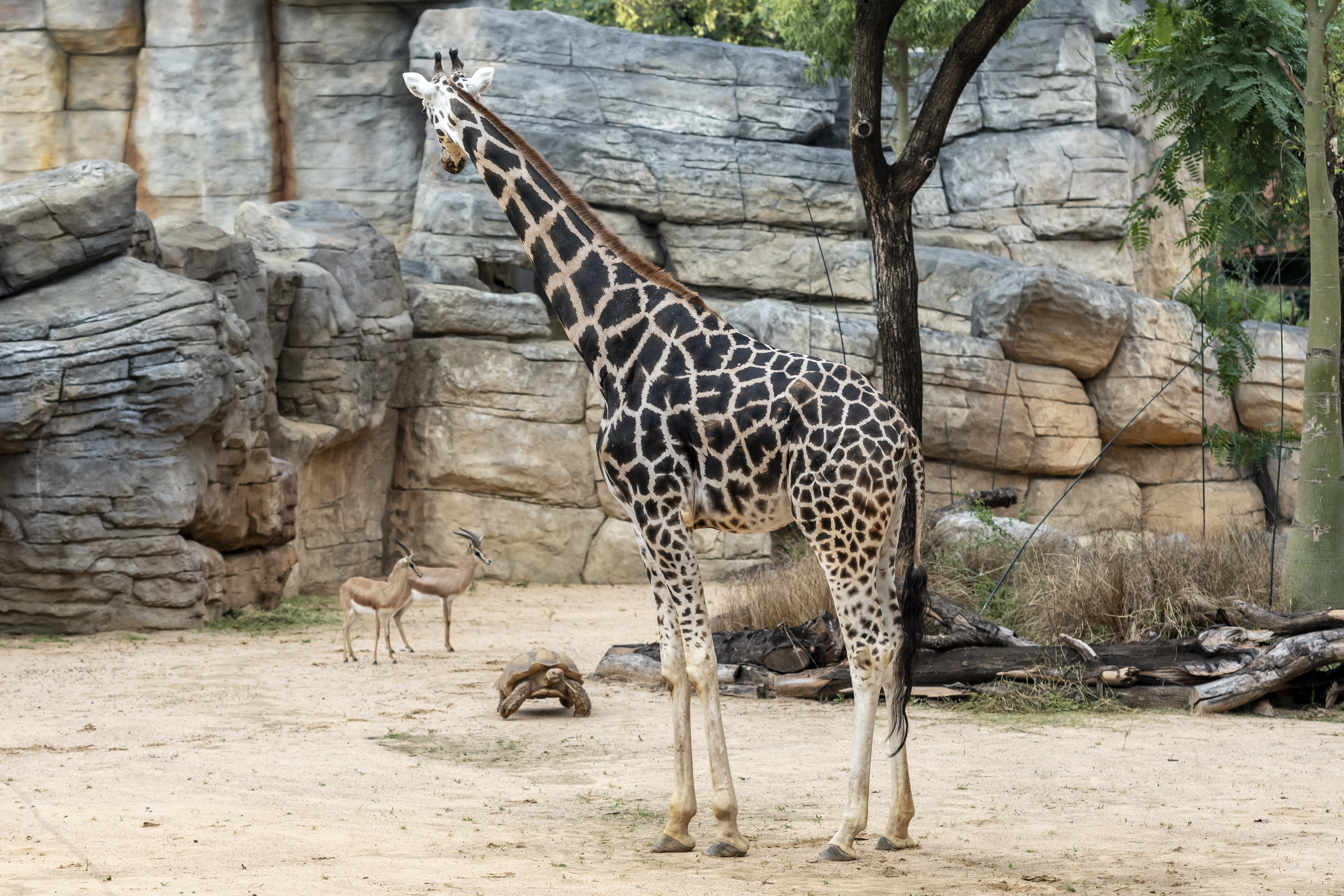
The Sahel's flora
As with the Sahel’s fauna, the plants that comprise the region's flora are unique and specifically adapted to the Sahel’s geological and climatic conditions, including seeds capable of surviving for years as they wait for the rains they need to flourish. That is why, thanks to collaboration with the Jardí Botànic de Barcelona, the Zoo’s new Sabana-Sahel habitat includes a representative sample of the plants, and acacias in particular, that can be found in the Sahel and are an absolutely essential part of this fragile ecosystem.
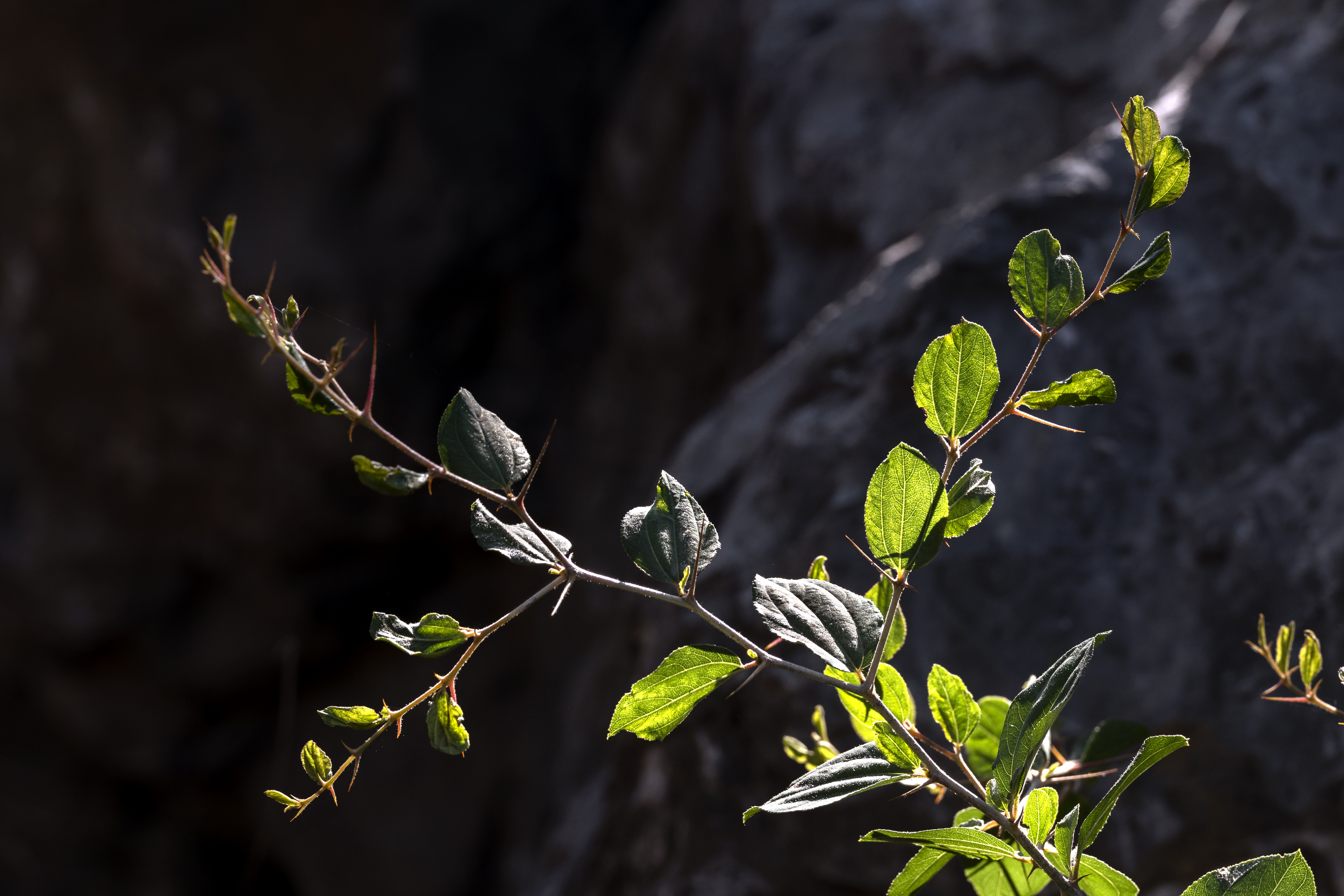
Impressive images for disseminating the project
Àlex Mas and Joan de la Malla (Wildlife Photographer of the year in Wildlife Photojournalism for 2018) from the Incognita science communication agency accompanied the project’s team on their last trip to record the experience of the latest release of gazelles into the wild. The Zoo held a press conference on 16 November to talk about the 10 years of this successful reintroduction project. You can watch the short audiovisual recordings prepared by Incognita and released to mark the occasion by clicking on the links you can find at the beginning of this article. Don’t miss them!



